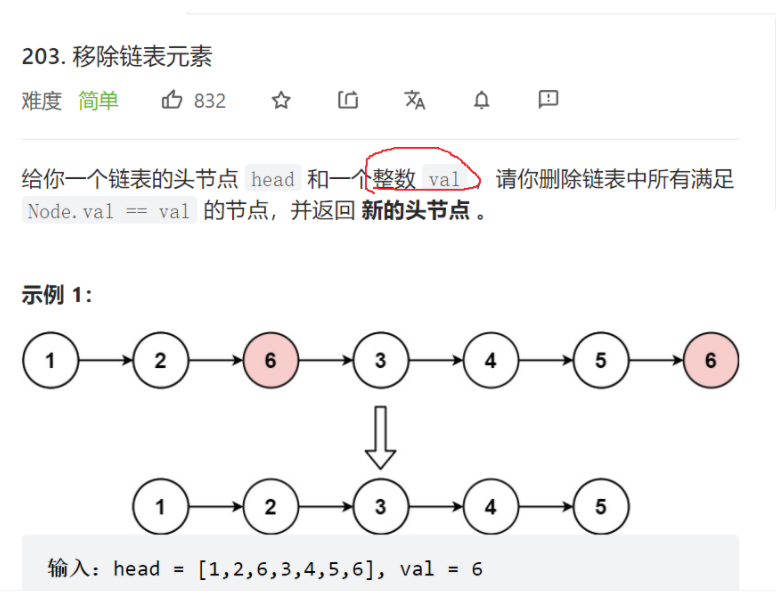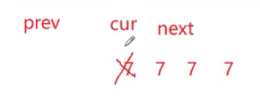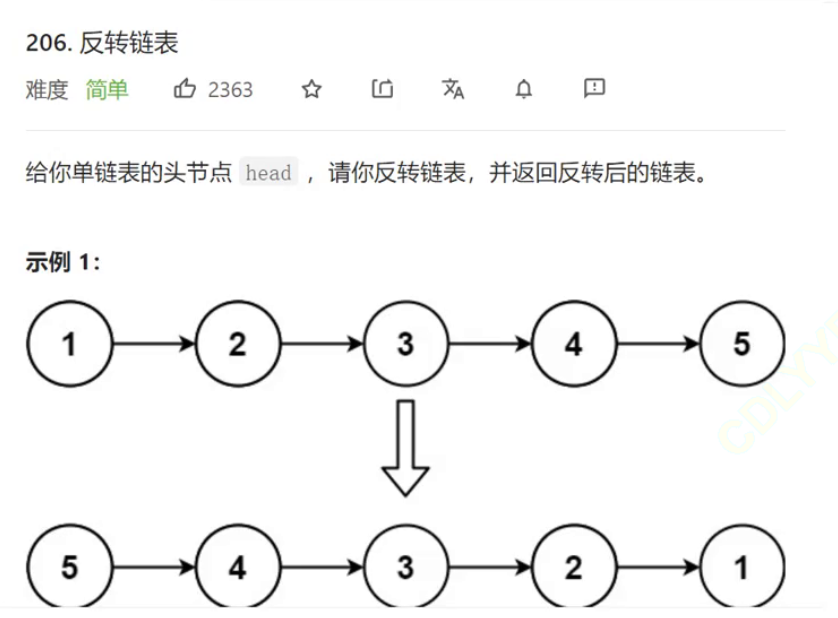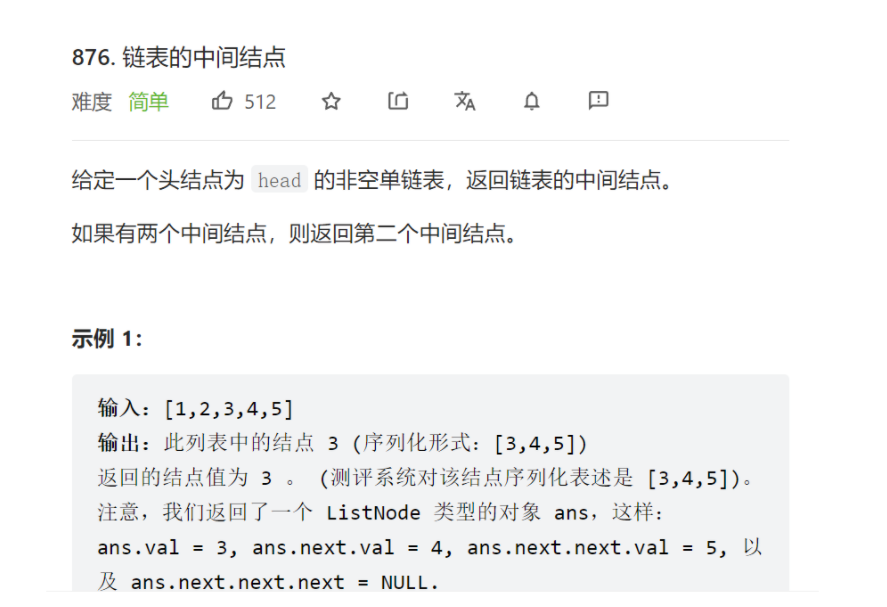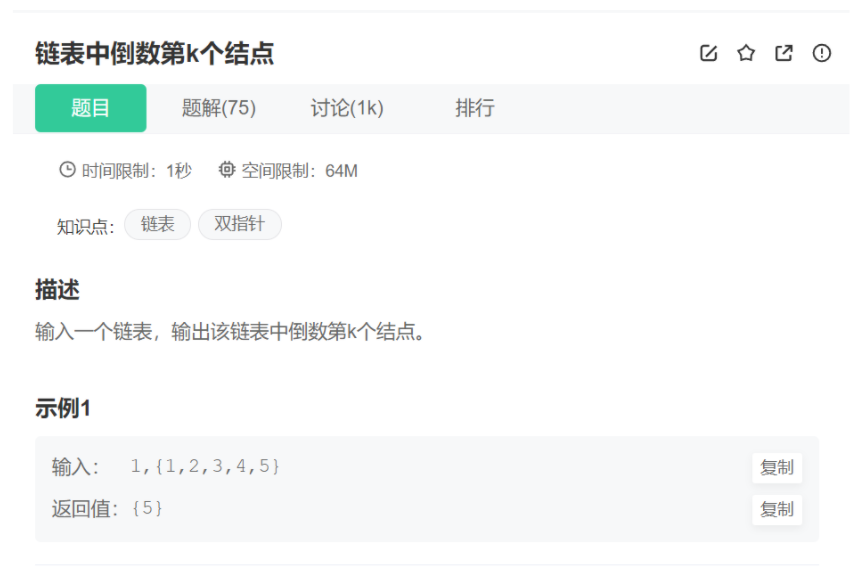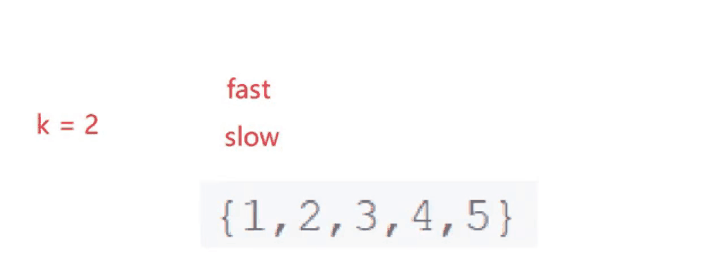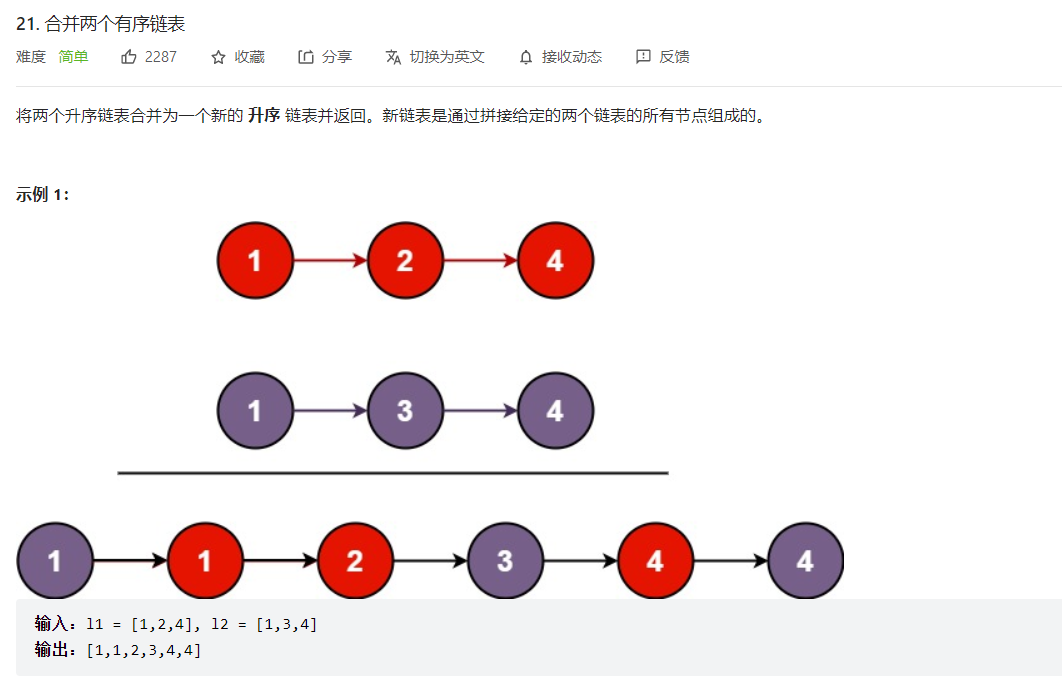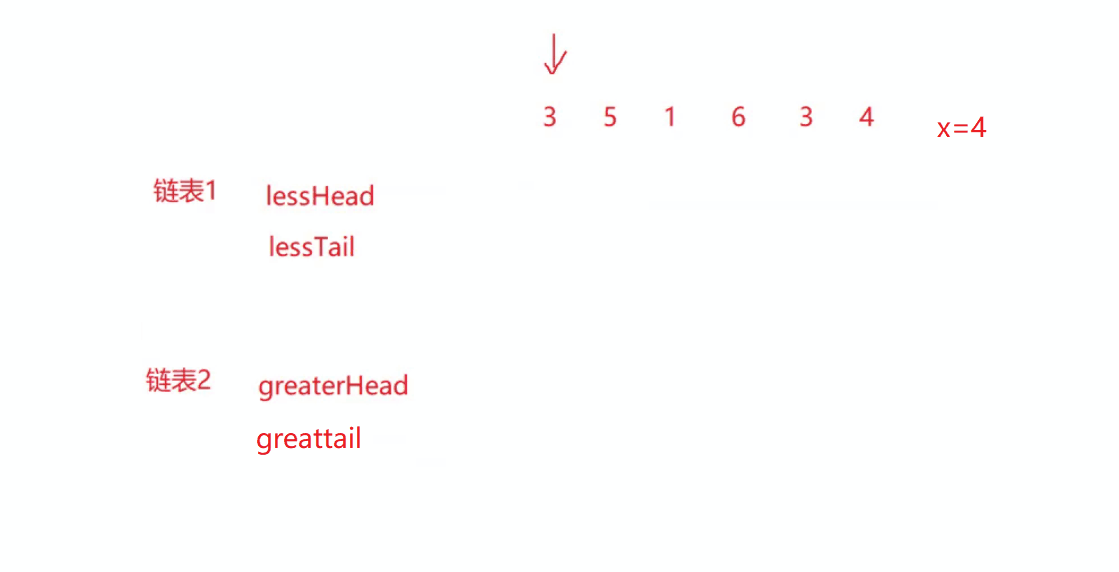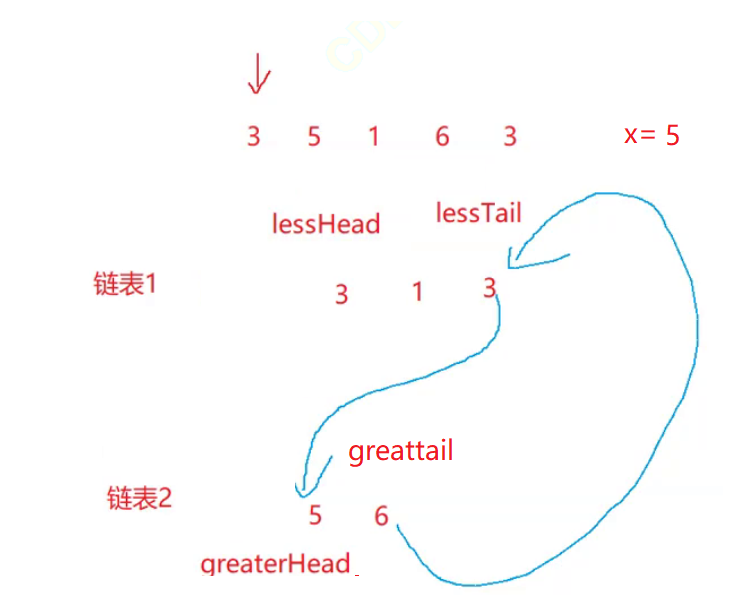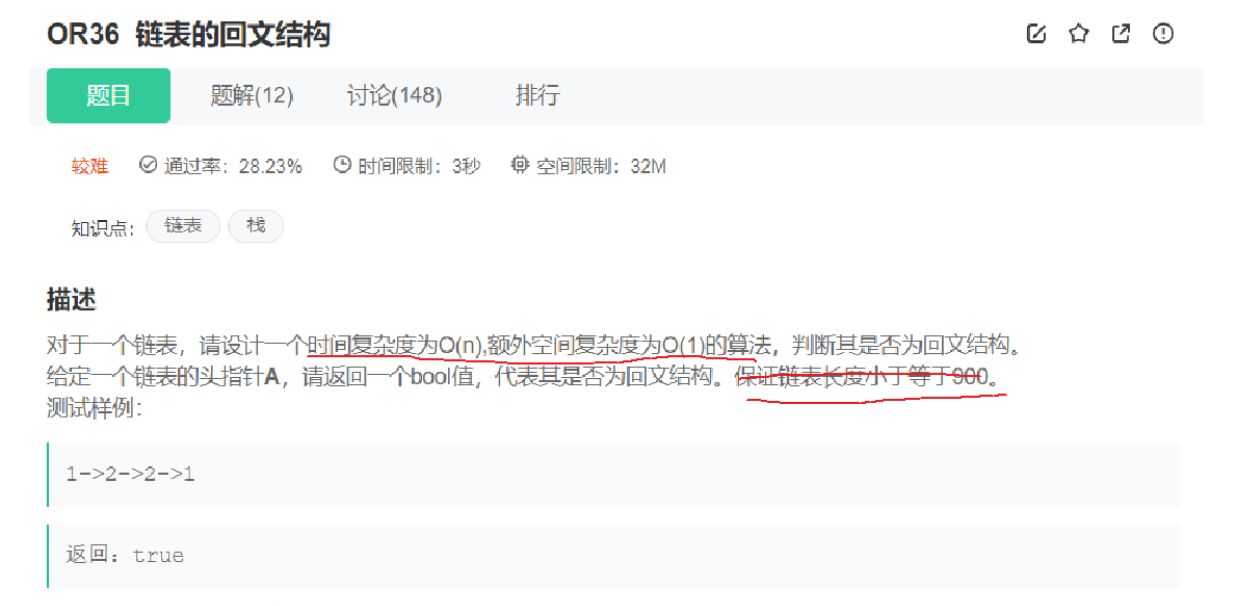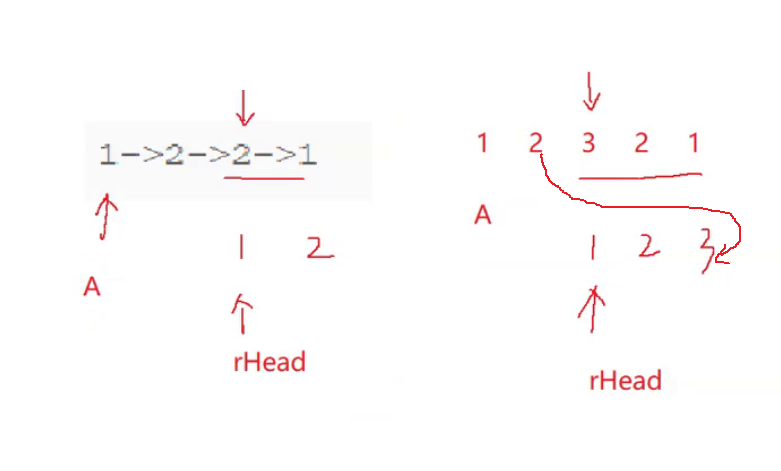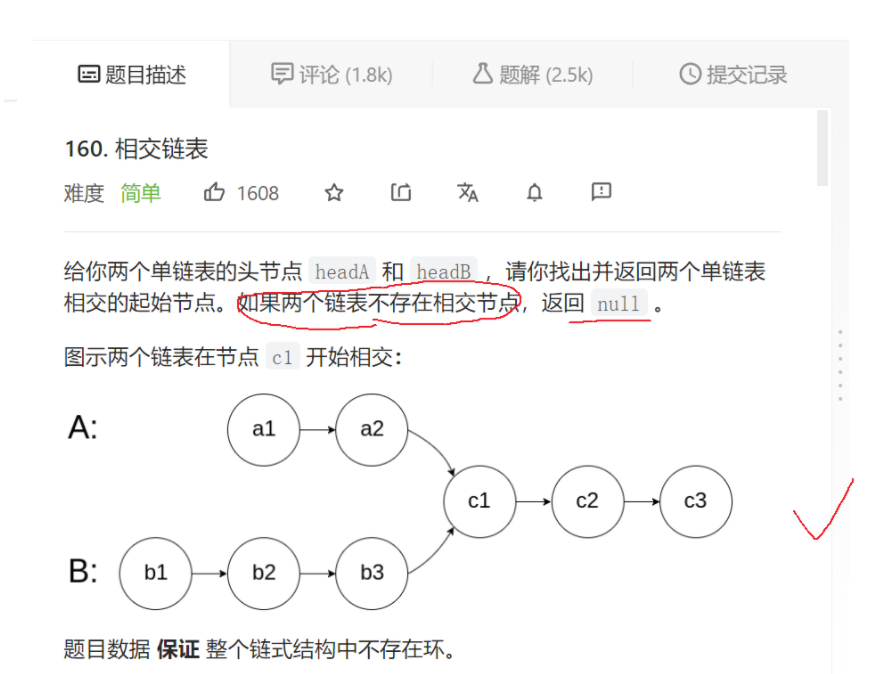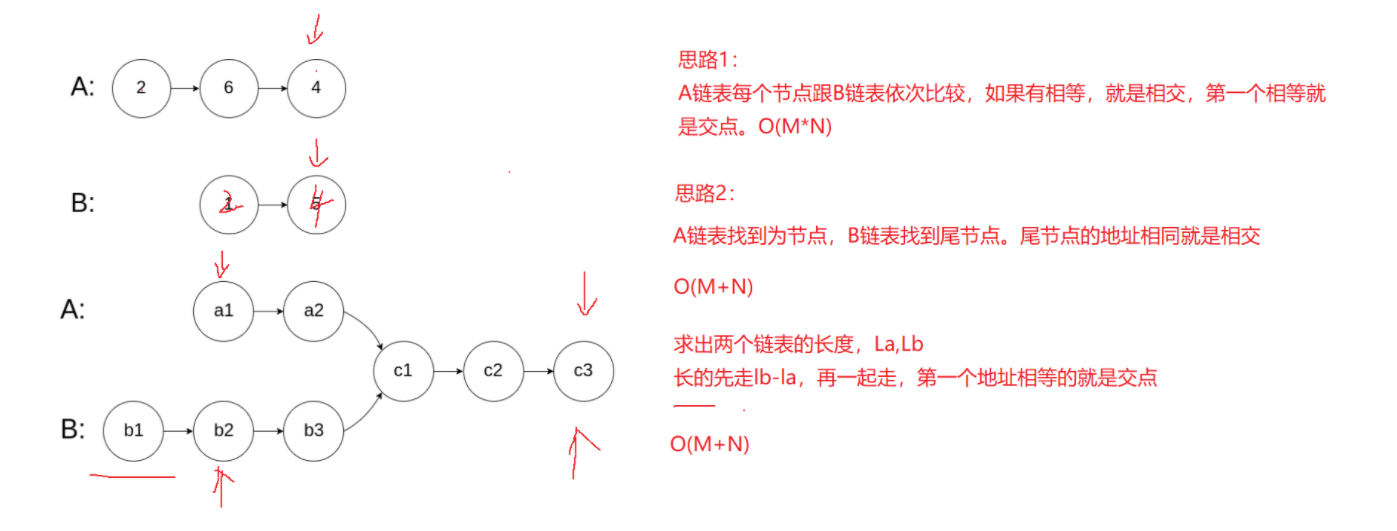文章目录
- 1.[移除链表元素](https://leetcode-cn.com/problems/remove-linked-list-elements/description/)
- 2. [反转链表](https://leetcode-cn.com/problems/reverse-linked-list/description/)
- 3. [链表的中间节点](https://leetcode-cn.com/problems/middle-of-the-linked-list/description/)
- 4. [链表的倒数第k个节点](https://www.nowcoder.com/practice/529d3ae5a407492994ad2a246518148a?tpId=13&&tqId=11167&rp=2&ru=/activity/oj&qru=/ta/coding-interviews/question-ranking)
- 5.[合并两个有序链表](https://leetcode-cn.com/problems/merge-two-sorted-lists/description/)
- 6. [链表分割](https://www.nowcoder.com/practice/0e27e0b064de4eacac178676ef9c9d70?tpId=8&&tqId=11004&rp=2&ru=/activity/oj&qru=/ta/cracking-the-coding-interview/question-ranking)
- 7.[链表的回文结构](https://www.nowcoder.com/practice/d281619e4b3e4a60a2cc66ea32855bfa?tpId=49&&tqId=29370&rp=1&ru=/activity/oj&qru=/ta/2016test/question-ranking)
- 8.[相交链表](https://leetcode-cn.com/problems/intersection-of-two-linked-lists/description/)
1.移除链表元素
大体思路分析:用cur指针去遍历链表,用prev指针记录cur的前一个节点,如果cur->val != val,则prev=cur,cur=cur->next;如果cur->val == val,则用next指针记录cur指针的下一个节点,free(cur),prev=next,cur=next,prev=cur;继续如此循环。
但是如果第一个链表的数据就是val就又是一种情况。如果连续几个都是val又是什么情况呢?
下面我们画图来分析。
- 常规情况:
- 连续几个val:
我们发现常规情况也能处理连续几个val的情况。- 第一个就是val,意味着要改变头指针
特别注意这种情况:prev==NULL;此时free掉cur,让head指向next,next再给个cur;
代码实现:
/**
* Definition for singly-linked list.
* struct ListNode {
* int val;
* struct ListNode *next;
* };
*/
struct ListNode* removeElements(struct ListNode* head, int val)
{
struct ListNode* cur = head;
struct ListNode* prev =NULL;
while(cur)
{
if(cur->val != val)
{
prev = cur;
cur = cur->next;
}
else
{
struct ListNode* next = cur->next;
if(prev == NULL)
{
free(cur);
head = next;
cur = next;
}
else
{
free(cur);
prev->next = next;
cur = next;
}
}
}
return head;
}
2. 反转链表
2.1 三指针翻转法
令指针n1等于NULL,n2等于head,n3记录n2的下一个,让n1,n2去倒指针的方向,n3记录下一个节点。
我们发现当n2指针等于NULL时,链表全部反转,所以n2 == NULL为结束条件。
特殊情况:
此时n3已经为NULL了,如果继续n3=n3->next,就出现了访问空指针的情况。所以这种情况也要判断一下。另外,如果头指针为NULL,直接 return NULL;
代码实现:
/**
* Definition for singly-linked list.
* struct ListNode {
* int val;
* struct ListNode *next;
* };
*/
struct ListNode* reverseList(struct ListNode* head)
{
if(head == NULL)
return NULL;
struct ListNode* n1, *n2, *n3;
n1 = NULL;
n2 = head;
n3 = n2->next;
while(n2)
{
n2->next = n1;
n1 = n2;
n2 = n3;
if(n3)
{
n3 = n3->next;
}
}
return n1;
}
2.2 头插法
cur取原链表节点,头插到newHead所在的链表,用next指针记录cur的下一个,同时更新newHead。
我们发现当cur走到NULL,遍历结束,链表完成反转。所以cur==NULL为循环结束条件。
代码实现:
/**
* Definition for singly-linked list.
* struct ListNode {
* int val;
* struct ListNode *next;
* };
*/
struct ListNode* reverseList(struct ListNode* head)
{
struct ListNode* newHead = NULL;
struct ListNode* cur = head;
while(cur)
{
struct ListNode* next = cur->next;
cur->next = newHead;
newHead = cur;
cur = next;
}
return newHead;
}
3. 链表的中间节点
- 奇数个数据:
- 偶数个数据
我们发现结束条件为fast为空或fast->next为空。
/**
* Definition for singly-linked list.
* struct ListNode {
* int val;
* struct ListNode *next;
* };
*/
struct ListNode* middleNode(struct ListNode* head)
{
struct ListNode* slow, *fast;
slow = fast = head;
while(fast && fast->next)
{
slow = slow->next;
fast = fast->next->next;
}
return slow;
}
4. 链表的倒数第k个节点
fast先走k步,然后fast和slow同时走,当fast走到空,slow就是倒数第k个节点。
代码:
struct ListNode* FindKthToTail(struct ListNode* pListHead, int k )
{
struct ListNode* slow, *fast;
slow = fast = pListHead;
while(k--)
{
if(fast == NULL)
return NULL;
fast = fast->next;
}
while(fast)
{
slow = slow->next;
fast = fast->next;
}
return slow;
}
5.合并两个有序链表
每次取小的节点尾插到新链表。如果list1先走完,把剩下的list2直接尾插给tail,反之,剩下的list1尾插给tail;
特殊情况处理:当list1为空,返回list2,当list2为空,返回list1。
/**
* Definition for singly-linked list.
* struct ListNode {
* int val;
* struct ListNode *next;
* };
*/
struct ListNode* mergeTwoLists(struct ListNode* list1, struct ListNode* list2)
{
if(list1 == NULL)
{
return list2;
}
if(list2 == NULL)
{
return list1;
}
struct ListNode* head=NULL, *tail=NULL;
while(list1 && list2)
{
if(list1->val < list2->val)
{
if(tail == NULL)
{
head = tail = list1;
}
else
{
tail->next = list1;
tail = list1;
}
list1 = list1->next;
}
else
{
if(tail == NULL)
{
head = tail = list2;
}
else
{
tail->next = list2;
tail = list2;
}
list2 = list2->next;
}
}
if(list1)
{
tail->next = list1;
}
if(list2)
{
tail->next = list2;
}
return head;
}
6. 链表分割
遍历原链表,把小于x的插入到一个链表1,把大于等于x的插入到一个链表2,链表1和链表2连接起来。
我们再考虑一下其他情况:
这种情况链表就成环了,此时程序死循环。只要把greattail->next== NULL就行了;
代码:
/*
struct ListNode {
int val;
struct ListNode *next;
ListNode(int x) : val(x), next(NULL) {}
};*/
class Partition {
public:
ListNode* partition(ListNode* pHead, int x) {
// write code here
struct ListNode*head1,*head2,*tail1,*tail2;
head1=tail1=(struct ListNode*)malloc(sizeof(struct ListNode));
head2=tail2=(struct ListNode*)malloc(sizeof(struct ListNode));
tail1->next=NULL;
tail2->next=NULL;
struct ListNode* cur=pHead;
while(cur)
{
if(cur->val<x)
{
tail1->next=cur;
tail1=tail1->next;
}else
{
tail2->next=cur;
tail2=tail2->next;
}
cur=cur->next;
}
tail1->next=head2->next;
tail2->next=NULL;//**必须要有,不然会在某些极端测试用例下会形成一个环,
//那便 是死循环了,栈溢出。**
pHead=head1->next;
free(head1);
free(head2);
return pHead;
}
};
7.链表的回文结构
思路:先找到链表的中间节点,然后从中间节点开始把链表逆置,rHead,A同时走并比较。如果有不相等的,就说明不是回文,return false;如果有一个走完,return ture;
我们发现,偶数和奇数,这种方法都适用,因为即使把链表后半段逆置了,2也是指向3的。
代码:
/*
struct ListNode {
int val;
struct ListNode *next;
ListNode(int x) : val(x), next(NULL) {}
};*/
class PalindromeList {
public:
struct ListNode* middleNode(struct ListNode* head)
{
struct ListNode* slow, *fast;
slow = fast = head;
while(fast && fast->next)
{
slow = slow->next;
fast = fast->next->next;
}
return slow;
}
struct ListNode* reverseList(struct ListNode* head)
{
struct ListNode* newHead = NULL;
struct ListNode* cur = head;
while(cur)
{
struct ListNode* next = cur->next;
cur->next = newHead;
newHead = cur;
cur = next;
}
return newHead;
}
bool chkPalindrome(ListNode* A)
{
struct ListNode *mid= middleNode(A);
struct ListNode *rHead=reverseList(mid);
while(A&&rHead)
{
if(A->val!=rHead->val)
{
return false;
}
else
{
A=A->next;
rHead=rHead->next;
}
}
return true;
}
};
8.相交链表
思路:
代码:
/**
* Definition for singly-linked list.
* struct ListNode {
* int val;
* struct ListNode *next;
* };
*/
struct ListNode *getIntersectionNode(struct ListNode *headA, struct ListNode *headB)
{
struct ListNode* tailA = headA, *tailB = headB;
int lenA = 1, lenB =1;
while(tailA->next)
{
tailA = tailA->next;
++lenA;
}
while(tailB->next)
{
tailB = tailB->next;
++lenB;
}
if(tailA!=tailB)
{
return NULL;
}
struct ListNode* shortList = headA, *longList = headB;
if(lenA > lenB)
{
longList = headA;
shortList = headB;
}
int gap = abs(lenA-lenB);
while(gap--)
{
longList = longList->next;
}
while(shortList && longList)
{
if(shortList == longList)
{
return shortList;
}
shortList = shortList->next;
longList = longList->next;
}
return NULL;
}
